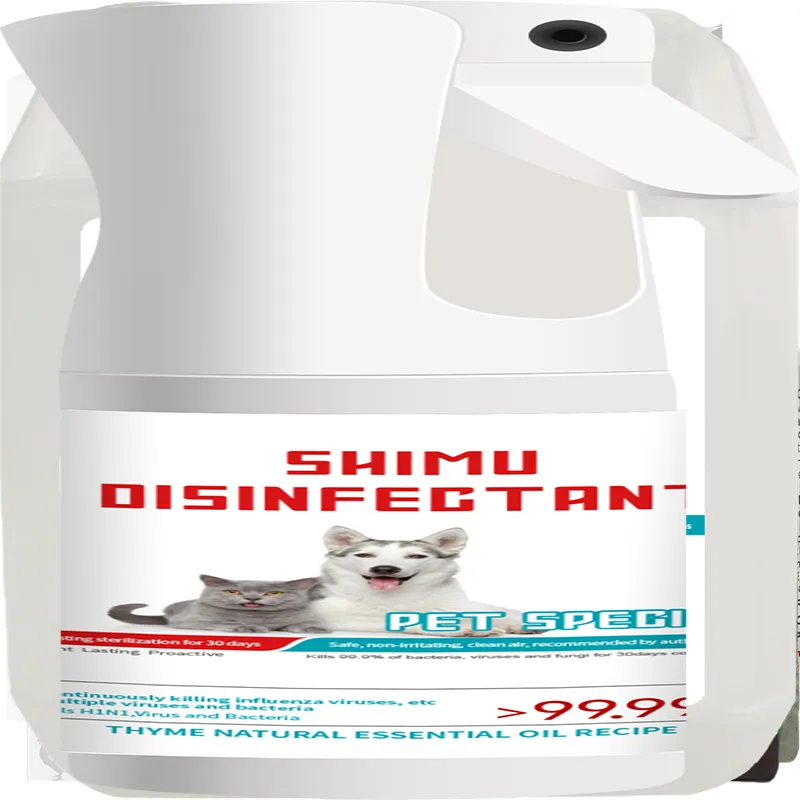1. Quercetin Often referred to as nature's Benadryl, quercetin is a flavonoid found in many fruits and vegetables, such as apples and onions. It is known for its potent antioxidant properties and has been shown to reduce histamine release from mast cells, which can alleviate allergic reactions. Quercetin supplements are available in various forms and can be added to a horse's diet to help manage allergy symptoms.





